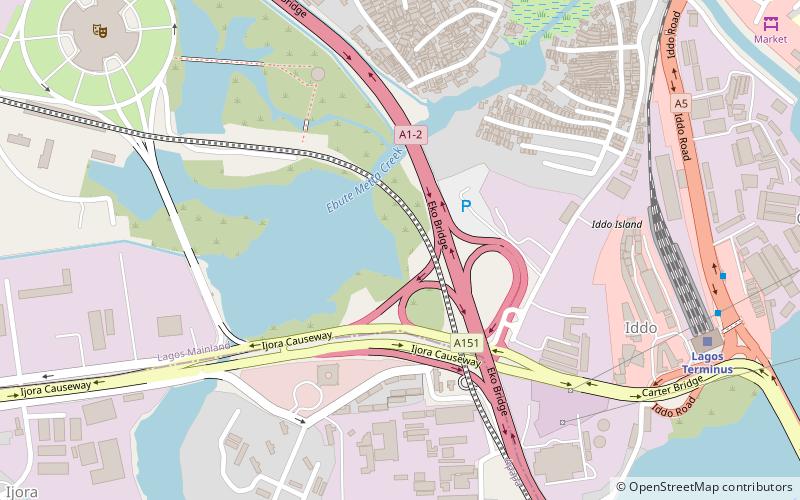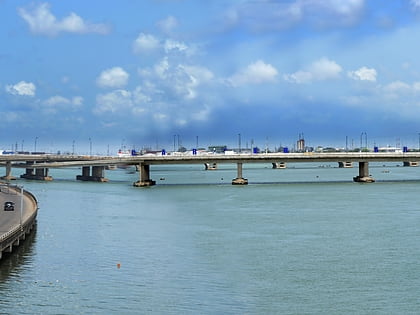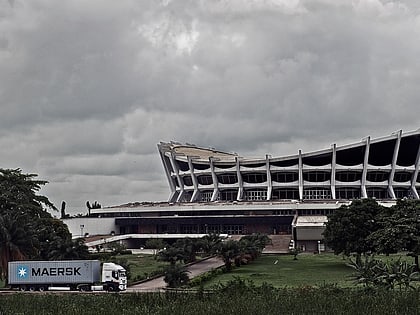Eko Bridge, Lagos


Facts and practical information
Spanning the Lagos Lagoon, Eko Bridge is a pivotal connector in the bustling metropolis of Lagos, Nigeria. This essential piece of infrastructure serves as a critical link between the island of Lagos and the mainland, facilitating the daily commute for thousands of residents and contributing significantly to the city's economic flow.
Erected with the purpose of easing traffic congestion and improving transportation efficiency within Nigeria's largest city, Eko Bridge was officially opened to the public in 1975. The bridge extends for a length of approximately 430 meters, making it one of the shorter bridges in Lagos, yet its strategic importance cannot be overstated.
Constructed to enhance interconnectivity within the city, Eko Bridge plays a vital role in the transportation network, supporting the heavy volume of vehicles that traverse Lagos daily. It connects key commercial areas and is often bustling with activity, reflecting the vibrant energy of the city itself.
Maintenance of Eko Bridge is crucial to ensure its longevity and functionality. Over the years, the bridge has undergone several repairs and reinforcements to address wear and tear due to the intense traffic and environmental factors characteristic of the coastal city.
Accessibility to Eko Bridge is straightforward, with clear signposts guiding commuters from various parts of the city. Although primarily a vehicular bridge, it also accommodates pedestrians, offering them a quicker route across the lagoon.
Lagos MainlandLagos
Eko Bridge – popular in the area (distance from the attraction)
Nearby attractions include: Shitta-Bey Mosque, Lagos Central Mosque, Jaekel House, National Arts Theatre.
Frequently Asked Questions (FAQ)
Which popular attractions are close to Eko Bridge?
How to get to Eko Bridge by public transport?
Train
- Lagos Terminus (13 min walk)
Bus
- Oyingbo Bus Terminal (20 min walk)










